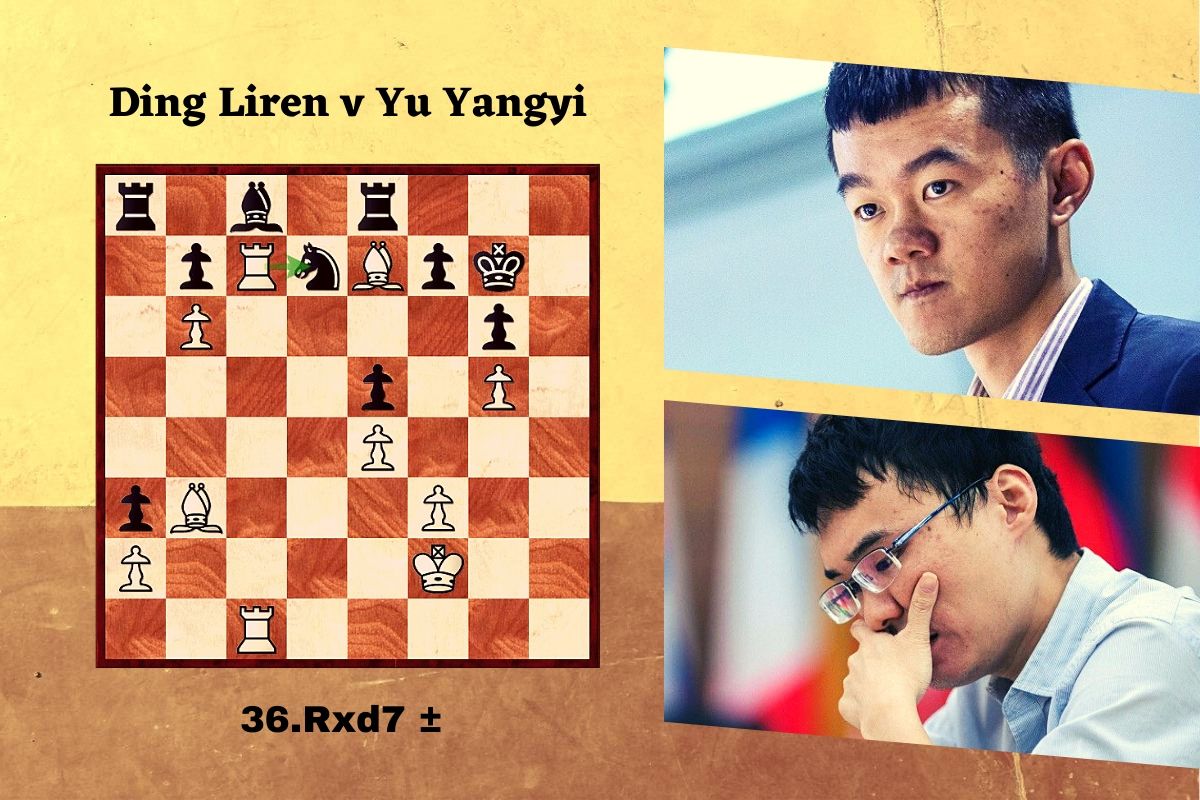A pragmatic approach
The Lindores Abbey Chess Challenge started on May 18th. Twelve players are taking part. After a three-day preliminary, the best eight players will advance to the deciding knockout section. The time control is 15 minutes for the game, with a 10-second increment per move.
Hikaru Nakamura is the first semi-finalist of the Lindores Abbey online event. He came from behind to beat Levon Aronian in their first mini-match, and obtained a convincing victory in the second rubber. The American GM talked about how it is better, from a psychological viewpoint, to come from winning without really deserving it than the other way around:
When you play [badly] and you still find a way to win the match, you feel much more confident sticking to what you do, because you assume you can't keep playing badly — your opponent is not gonna just blow you off the board.
‘Naka’ has shown strong performances consistently in the online tournaments organized during the corona crisis, and is likely to face Magnus Carlsen in the semis. The world champion beat him twice in very hard-fought matches at the Magnus Carlsen Invitational. When asked about the format, Nakamura responded:
I kind of wish instead of Armageddon there would be two blitz games before that, but otherwise it's completely fine. [...] Having it be three possible matches certainly favours the player who plays the higher-quality moves overall.
The other mini-match played on Monday saw Ding Liren tying the overall score against compatriot Yu Yangyi. Ding won game one and drew the remaining encounters to win the second rubber. The all-Chinese match-up will be decided on Wednesday. Before that, Sergey Karjakin and So will try to even the score against Daniil Dubov and Carlsen on Tuesday.
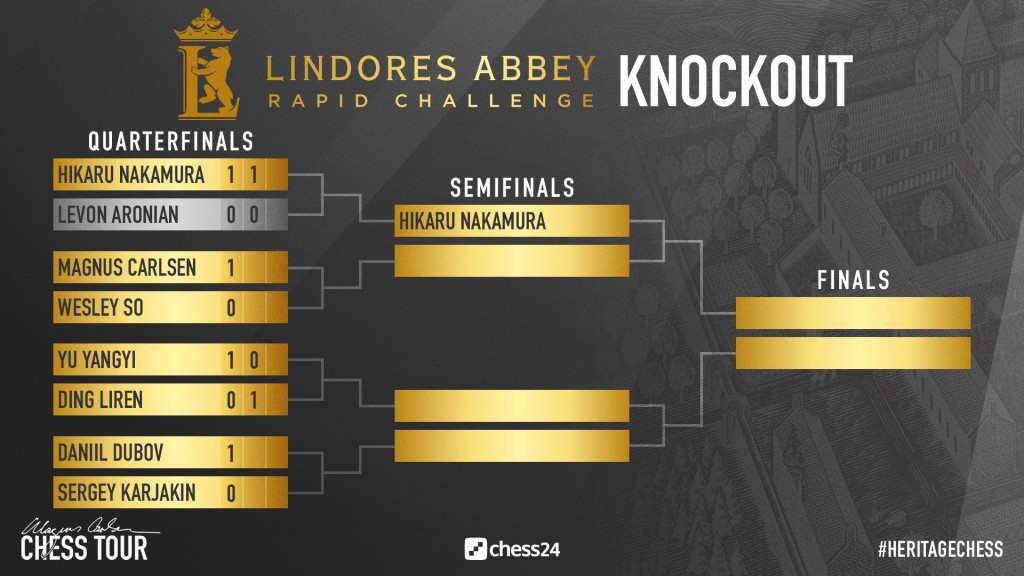
Nakamura 3:1 Aronian
The contenders stuck to their guns, with Aronian playing the Petroff and Nakamura entering the line with 6...Nbd7 7.c5 out of the Queen's Gambit Declined with black. Given how insistently the American has been with this line, it made sense for commentator Jan Gustafsson to ask him about it. ‘Naka’ responded in usual pragmatic style:
The reality is everyone has to show preparation with white, so if everybody is gonna burn their preparation in online games then there's gonna be nothing left by the time over-the-board chess returns. So, if anything, it's on my opponents to prove it.
The five-time US champion got good positions both times he played black in the second "set" (using tennis terms) of his quarter-finals match. The first time, he decided not to push as he was already up on the scoreboard. He came from winning game one, when he had taken advantage of his opponent's oversight in a position with queens and minor pieces:
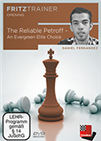 The Petroff (or Russian) Defence which is characterised by the moves 1.e4 e5 2.Nf3 Nf6 has been popular at the highest levels for many years and enjoys the reputation of being an extremely solid defence.
The Petroff (or Russian) Defence which is characterised by the moves 1.e4 e5 2.Nf3 Nf6 has been popular at the highest levels for many years and enjoys the reputation of being an extremely solid defence.
Aronian had missed that after 30...bxa4 White had the intermezzo 31.Bc2, threatening mate in two with Qh7-Qh8. Black thus needed to waste a tempo, either moving the queen to give his king an escape square or playing ...Ng5. The Armenian opted for 31...Qg5, and then White uncorked the crucial 32.c5, leaving Black with little to no play against White's strong bishop pair. Nakamura only then captured the a4-pawn and did not take long to force his rival's resignation.
Nakamura safely drew games two and three, employing the unidealistic style that has served him so well in rapid chess lately.
In game four, Aronian gained a pawn with white, but entered the kind of position that needs a lot of precision to be converted into a win:
 This DVD allows you to learn from the example of one of the best players in the history of chess and from the explanations of the authors (Pelletier, Marin, Müller and Reeh) how to successfully organise your games strategically, consequently how to keep y
This DVD allows you to learn from the example of one of the best players in the history of chess and from the explanations of the authors (Pelletier, Marin, Müller and Reeh) how to successfully organise your games strategically, consequently how to keep y
White's 21.Qc1 gave way to 21...g4 22.Nh4 Rhe8 23.c5 Be5 24.Qxe3 Qd7 (perhaps the move that Aronian missed in his calculations) 25.Qc1 Bd4+, when Black has completely taken over:
Peter Leko praised Nakamura's play in this game as, although Aronian had a good position, Black had a clear plan to target White's strange pawn structure on the kingside. Aronian resigned on move 29.
Select an entry from the list to switch between games
Ding 2½:1½ Yu
The Chinese derby has been a tense-packed affair so far. The first mini-match was decided in Armageddon, with Ding actually losing on time. In the second rubber, Ding's win in the first game ended up being enough to equalize the overall score and take the contest to a third mini-match, when it will be decided who moves on to the semis.
In game one, Yu's tame approach with black out a Queen's Gambit Accepted gave Ding a strategically superior position early on. Ding never stopped creating threats against Black's undeveloped pieces, showing why he has maintained his number-three spot in the world ranking for so long. By move 36, White had a forced-mate position in a materially balanced position:
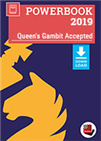 How do you play the Queen's Gambit Acceptedt? Does White have promising variations or can Black construct a water-tight repertoire? The Powerbook provides the answers based on 195 000 games, most of them played by engines.
How do you play the Queen's Gambit Acceptedt? Does White have promising variations or can Black construct a water-tight repertoire? The Powerbook provides the answers based on 195 000 games, most of them played by engines.
36.Rxd7 Bxd7 37.Bf6+ and Black resigned, as there is no way to prevent the rook from reaching h8, giving mate.
Much like in the other mini-match, two draws followed, which meant Yu needed a win to even the score in game four. And, just like Nakamura, Ding got a winning position with the black pieces. Unlike his colleague, though, the Chinese star got a chance to give perpetual check, and he took it:
Black has a dominating position, so the cool 24...Qb6 would have kept his large advantage. Of course, 24...Bxg2 25.Rxg2 Qf1+ 26.Rg1 Qf3+ 27.Rg2 with a triple repetition is enough to get overall victory. Ding and Yu will continue their evenly-matched struggle on Wednesday, when the winner of the third rubber will advance to the semi-finals.
Select an entry from the list to switch between games
 Garry Kasparov's rise to the top was meteoric and at his very first attempt he managed to become World Champion, the youngest of all time. In over six hours of video, he gives a first hand account of crucial events from recent chess history, you can improve your chess understanding and enjoy explanations and comments from a unique and outstanding personality on and off the chess board.
Garry Kasparov's rise to the top was meteoric and at his very first attempt he managed to become World Champion, the youngest of all time. In over six hours of video, he gives a first hand account of crucial events from recent chess history, you can improve your chess understanding and enjoy explanations and comments from a unique and outstanding personality on and off the chess board.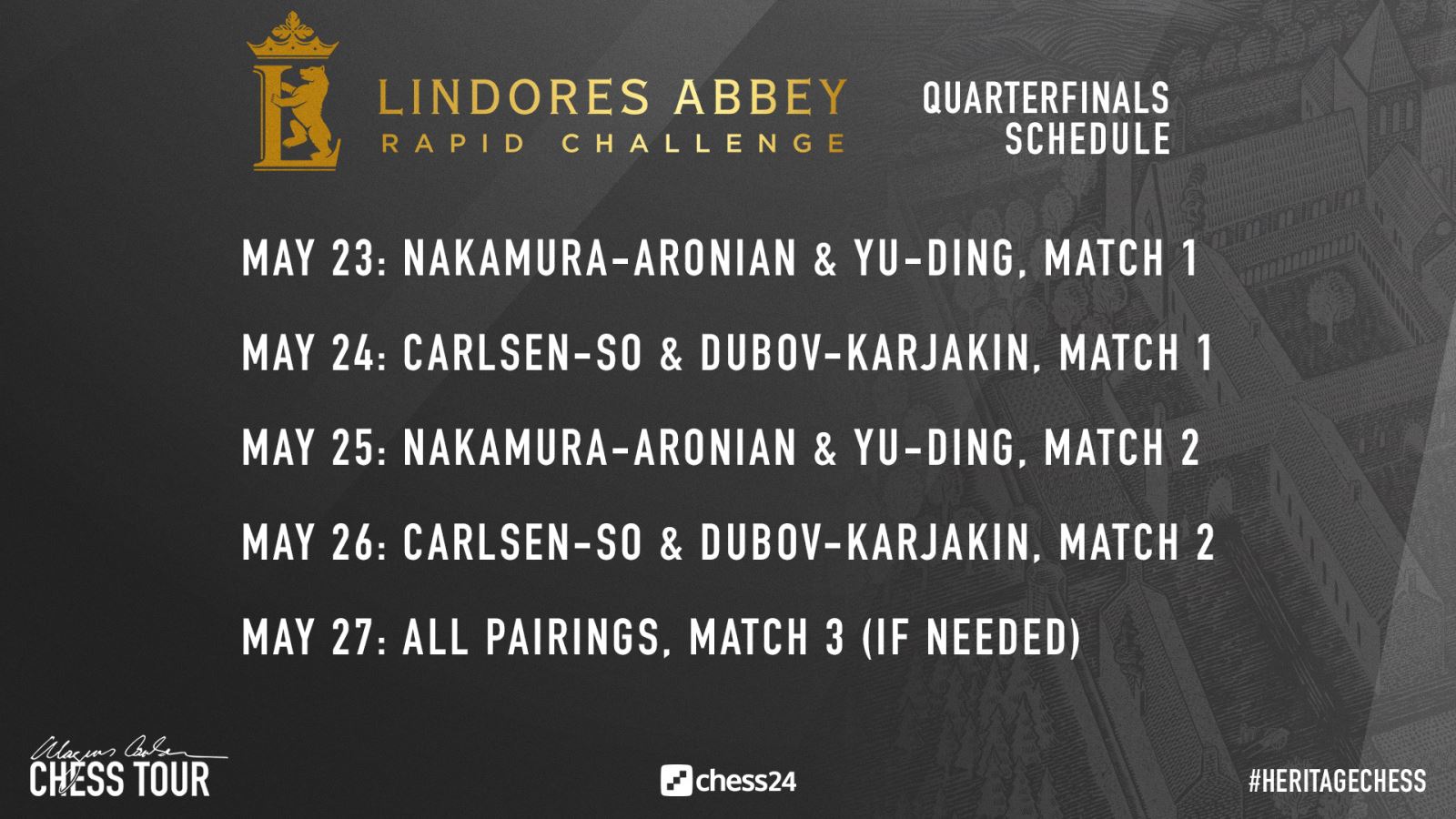
Links
